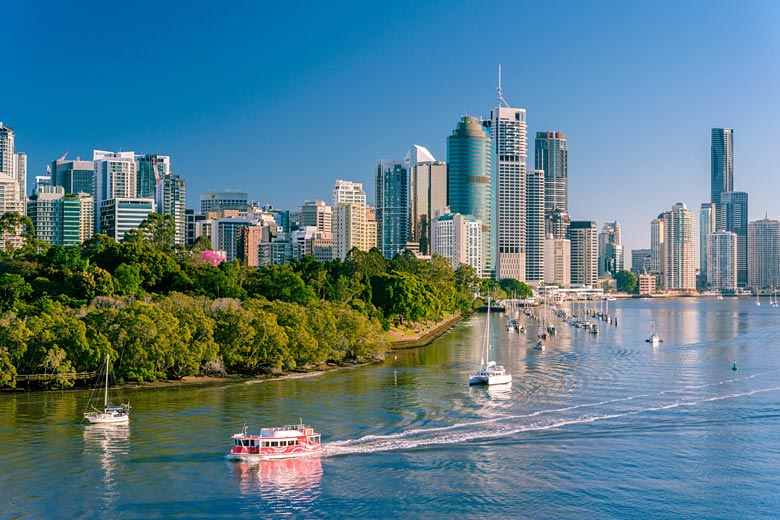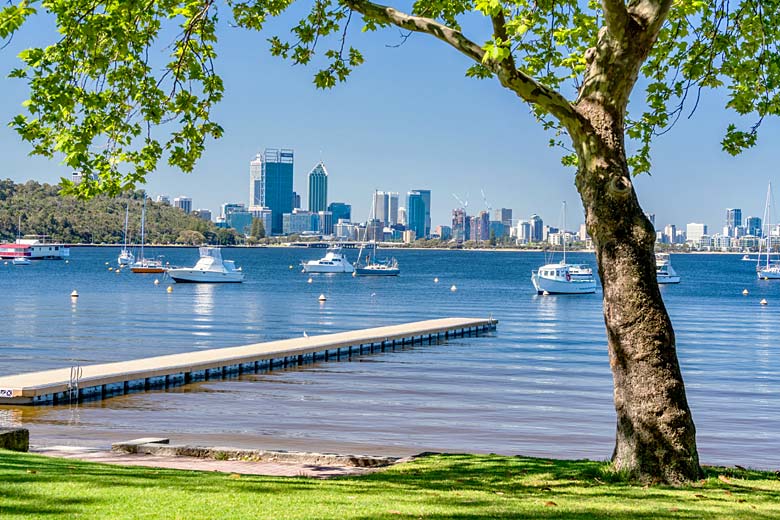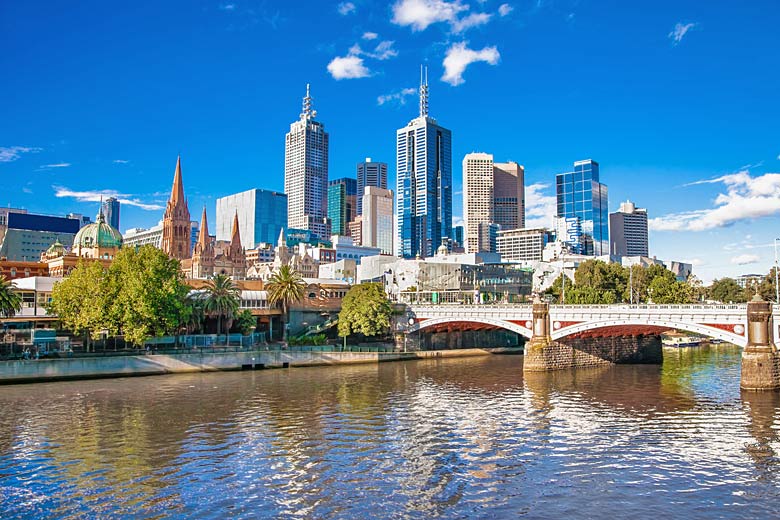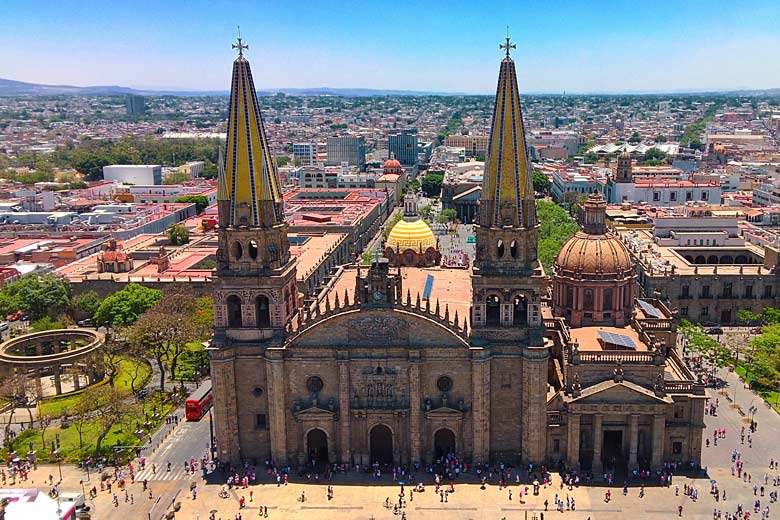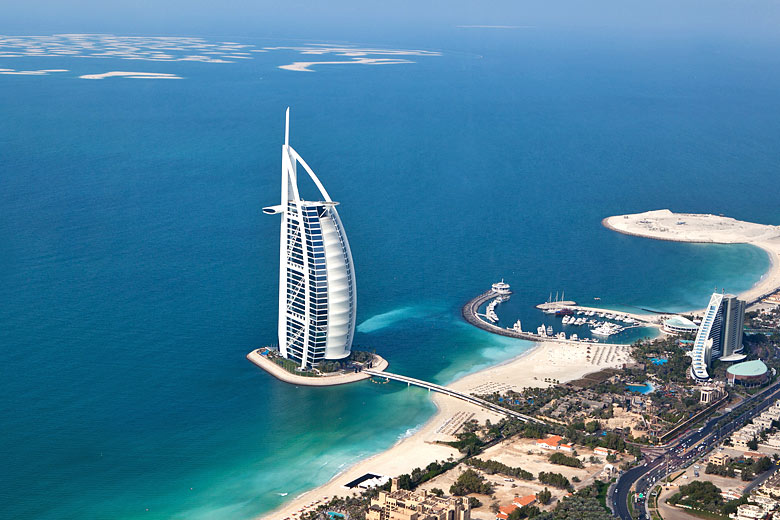- Save up to 50% on 2026 holidays & tours with Travelbag
- Book selected stays in popular destinations around the world
- Travel between 1st Jan & 31st Dec 2026 (inclusive)
Queensland weather by month
Check out Queensland weather averages by month. Compare detailed monthly climate statistics including temperature, rainfall and sunshine figures.
| Jan | Feb | Mar | Apr | May | Jun | Jul | Aug | Sep | Oct | Nov | Dec | |
|---|---|---|---|---|---|---|---|---|---|---|---|---|
| Maximum daytime temperature °C |  29 29 |
 29 29 |
 28 28 |
 26 26 |
 24 24 |
 22 22 |
 21 21 |
 22 22 |
 24 24 |
 26 26 |
 28 28 |
 29 29 |
| Hours of sunshine (daily) | ||||||||||||
| Days with some rainfall |  13 13 |
 14 14 |
 14 14 |
 11 11 |
 11 11 |
 7 7 |
 7 7 |
 7 7 |
 6 6 |
 10 10 |
 11 11 |
 12 12 |
| Sea temperature °C |  26 26 |
 26 26 |
 25 25 |
 24 24 |
 22 22 |
 22 22 |
 21 21 |
 20 20 |
 20 20 |
 22 22 |
 23 23 |
 25 25 |
More about Queensland
Queensland by month
Jan Feb Mar Apr May Jun Jul Aug Sep Oct Nov Dec
Recommended for Queensland
Expires at 23:59 on Saturday 31st Jan 2026 · View all Travelbag offers
The climate guide for Queensland (Brisbane) shows long term monthly weather averages processed from data supplied by CRU (University of East Anglia), the Met Office & the Netherlands Meteorological Institute. Find out more about our data sources.
Top Queensland destinations
Below are average maximum temperatures at popular countries, regions and places in Queensland for next month - January. Select a destination to see the climate guide for all months of the year.
All Queensland destinations
- Airlie Beach
- Birdsville
- Brisbane
- Cairns
- Charleville
- Fraser Island
- Gold Coast
- Hamilton Island
- Karumba
- Lizard Island
- Lockhart River
- Longreach
- Mount Isa
- Noosa
- Palm Cove
- Port Douglas
- Sunshine Coast
- Thursday Island
- Townsville
- Weipa
Metric (°C / mm) | Imperial (°F / inches)
Queensland climate overview
Covering a vast area in the northeast of Australia, Queensland is appropriately named the 'Sunshine State', with beautiful beaches and a climate to match. Tourism gives a cosmopolitan atmosphere to the cities, contrasting with a few Aboriginal settlements, mainly in the north.
State capital Brisbane lies between the Sunshine and Gold Coast; home to arguably the best surf beaches in the world. Miles of white sand have built-up resorts to the south and wild unspoilt shoreline further north. Comfortable winter temperatures with plenty of sunshine are followed by warm and wet summers.
Summers are warmer and wetter further north, particularly along the coast, which is characteristically humid. Inland, the high summer rainfall sustains eucalypt and tropical rainforest on a rolling landscape, leading up to the Great Dividing Range.
The northernmost peninsula is wetter still. In fact it only has two seasons; a humid rainy summer season with heavy thunderstorms, followed by a sunny and much drier winter. Temperatures vary little, remaining warm all year. There is rainforest wilderness packed with tropical wildlife and World Heritage listed sites that preserve spectacular waterfalls, lakes and extinct volcanoes.
Queensland is strongly affected by El Niño, when the summer rains can be temporarily replaced by droughts lasting up to one year. Unusually heavy rainfall sometimes immediately follow, before the normal climate pattern returns.
Offshore, and stretching most of the length of the state, the Great Barrier Reef forms numerous coral islands and tropical lagoons. Clear sheltered waters teem with marine-life, providing a scuba paradise in comfortable to warm sea temperatures.
The cyclone season affects northern coastal regions from January to March. The same coastal waters are best avoided from November to April due to deadly box jellyfish.
More about Australia
Compare Queensland with the UK
Below the Queensland chart shows average maximum daytime temperature for Queensland, Australia (Brisbane) and the UK (London).
Maximum daytime temperature (°C)
Metric (°C / mm) | Imperial (°F / inches)
Compare more Queensland weather >>
Be inspired
Get your weekly fix of holiday inspiration from some of the world's best travel writers plus save on your next trip with the latest exclusive offers
We promise not to share your details
Related posts
Popular travel offers
Explore holiday destinations
- Beach holidays
- City breaks
- Family holidays
- Half term holidays
- Spring holidays
- Summer holidays
- Autumn holidays
- Winter sun holidays
- Honeymoons
- Coolcations
- Compare places
- Ski resorts
Save with latest deals & discounts
- Holiday offers
- Top travel brands
- Airlines & flights
- Discount hotels
- TUI
- Jet2holidays
- Neilson
- Marella Cruises
- Pierre & Vacances
- Caledonian Travel
- Club Med
- Boxing Day sales
Airport parking
- Manchester Airport
- Stansted Airport
- Bristol Airport
- Luton Airport
- Birmingham Airport
- Edinburgh Airport
- Gatwick Airport
- Glasgow Airport
- Newcastle Airport
Airport lounges
- Manchester Airport
- Birmingham Airport
- Bristol Airport
- Edinburgh Airport
- Glasgow Airport
- Heathrow Airport
- Newcastle Airport
- Stansted Airport
- Gatwick Airport
















